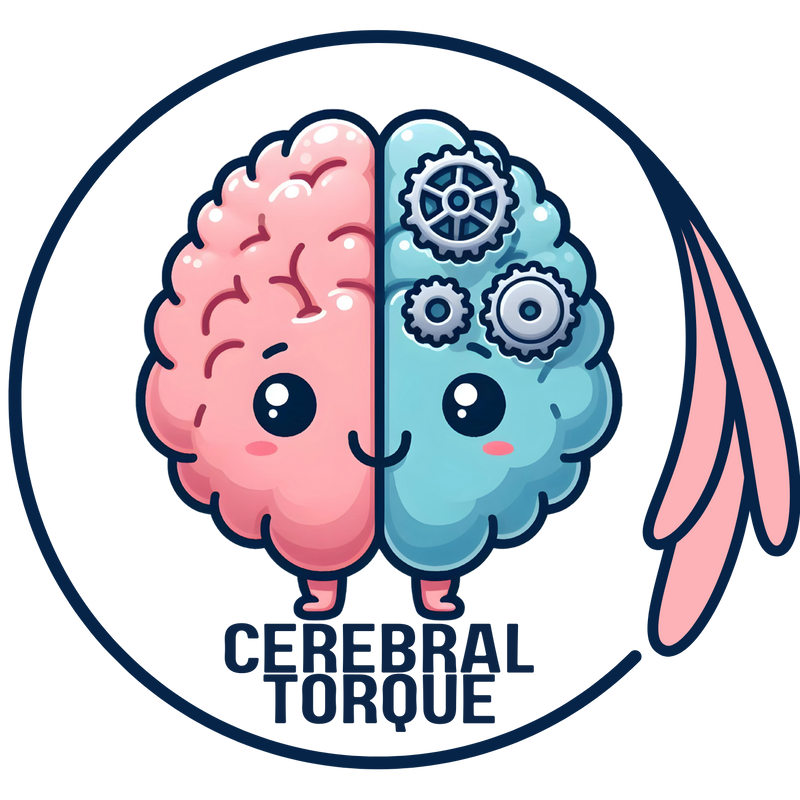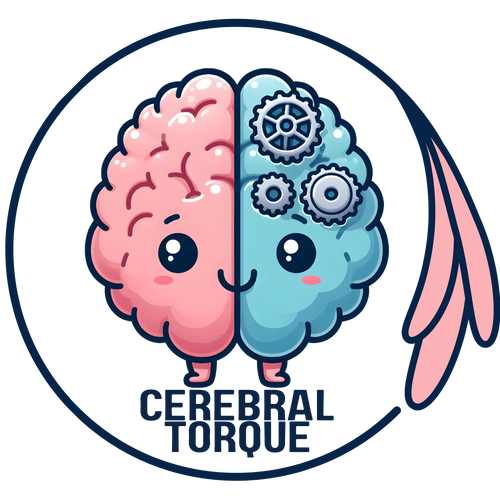Psilocybin: What Does The Science Say?
Posted on July 01 2023,

Click for the full list of the 50 uncommon migraine preventives
Warning: Psilocybin laws differ by location. Always follow the laws of your location. Please consult with your neurologist before taking any substance. The below is only a summary of the current available research.
Psilocybin is a psychedelic and psychedelics mainly work on serotonin receptors. There are different serotonin receptor subtypes in different locations in the body and depending on whether an agonist or antagonist interacts with this receptor and whichever location, a different effect may take place. Psilocybin has different affinities to different serotonin receptors- mainly the 2b, 2c, and 2a subtypes.
So, while we know some of the mechanisms, it can get contradictory at times so the exact mechanisms by which psilocybin provides pain relief is not yet fully understood. Further research is needed to determine the specific mechanisms of action. Unfortunately, much of the research has only restarted relatively recently so we have a lot of ground to make up.
There is quite a bit of anecdotal evidence online regarding the use of psilocybin and its ability to abort or increase the remission time when dealing with cluster headache.
In medicine, however, we can’t rely on anecdotes although the starting point of clinical research is at many times anecdotal.
In 2015, there was a survey done with 496 participants that were on headache forums. Around 1/3rd was using psilocybin as an abortive treatment, with 2/3rds of these individuals finding it moderately effective and 1/3rd finding it completely effective. This survey also showed that sub-hallucinogenic dosages were enough for a clinical effect and that these individuals were not looking to have a psychoactive experience, but to relieve their pain.
https://pubmed.ncbi.nlm.nih.gov/26595349/
In fact, in 2017, another study was done that showed that the individuals who use psychoactive substances are desperately looking for pain relief and had no interest in the psychoactive effects of the drugs. So, they opted to microdose thereby using the drugs without feeling its psychoactive properties.
https://link.springer.com/article/10.1186/s12954-017-0186-6
There is currently one ongoing study on the use of psilocybin for clusters by Yale University.
https://clinicaltrials.gov/ct2/show/NCT02981173
And the initial results are available. This was a randomized controlled trial (RCT), which is the kind of trial we are looking for that holds weight and can convince legislators to allow physicians to prescribe these medications.
They randomized participants to a psilocybin and a placebo group, and they found that psilocybin reduced attack frequency by about 30%. Unfortunately, the results aren’t statistically significant because it was a small study, but it is promising.
There is also another study currently recruiting using another psychedelic, LSD, to treat clusters.
https://clinicaltrials.gov/ct2/show/NCT03781128
As for migraine, we have a drug whose mechanism of action is very similar to psychedelics that is sometimes prescribed for patients. It’s called dihydroergotamine (DHE). It’s a 5-HT2A agonist.
Unfortunately, ergots have side effects, and there are several contraindications. As far as we currently know, the safety profile for psilocybin is very good and so is the lack of addiction potential.
In a study from 2020 (double blind, placebo-controlled, cross over studies with 2 arms), one arm received placebo and the other arm received psilocybin. Over the 2-week period measured after a single administration, the reduction in weekly migraine days from baseline was significantly greater after psilocybin than after placebo. Psilocybin had no serious adverse events. This study showed that one dose had lasting therapeutic effect for migraine patients.
Schindler, E.A.D., Sewell, R.A., Gottschalk, C.H. et al. Exploratory Controlled Study of the Migraine-Suppressing Effects of Psilocybin. Neurotherapeutics 18, 534–543 (2021). https://doi.org/10.1007/s13311-020-00962-y
Therefore, we know psilocybin is relatively safe physiologically and are not considered drugs of dependence and they also exhibit tachyphylaxis (that is to say that if one keeps taking more of the drug, there is diminishing return, so the abuse potential is very low).
We also don’t have to worry about a “bad trip” because the beneficial clinical effects for migraine and cluster headaches are seen with microdoses that do not elicit any hallucinogenic effects. Of course, for depression or PTSD, these hallucinogenic effects may be needed and do carry risk, but we are talking about headaches.
At the end of the day, more RCTs need to be done. We need more studies. We need to know the proper dosages. We need to make these drugs legal if they do work.
Wed, May 07, 25
Subclinical Hypothyroidism and Migraine: Treatment Shows Decrease in Migraine Frequency and Severity
Discover how treating subclinical hypothyroidism with low-dose levothyroxine may reduce migraine frequency by 28%. Learn about TSH levels, treatment guidelines, and when intervention is recommended.
Read MoreTue, May 06, 25
One Treatment, Two Conditions: Study Reveals Ajovy's Impact on Migraine and Depression
Fremanezumab (Ajovy) for the Treatment of Patients With Migraine and Comorbid Major Depressive Disorder Findings from the UNITE randomized clinical trial involving 353 patients with both migraine and depression Based...
Read MoreFri, May 02, 25
Blood Flow Changes Between Migraine Attacks
New research reveals increased cerebral blood flow in migraine patients between attacks. This 4D flow MRI study shows significant hemodynamic changes in the middle and posterior cerebral arteries, with blood...
Read More
